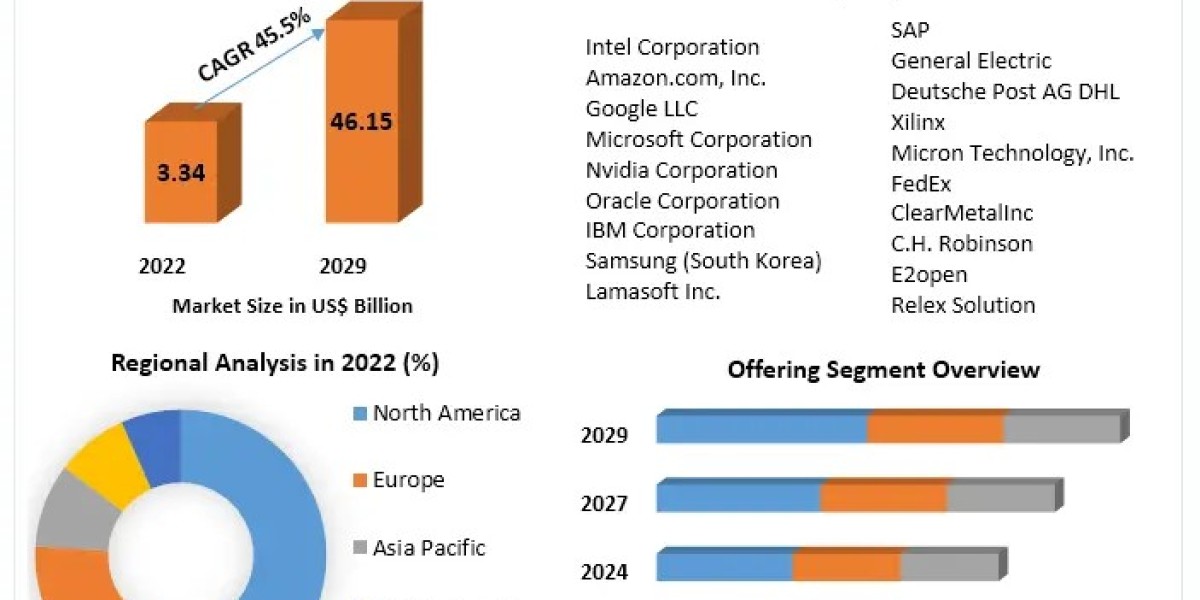A Demat account is a type of account that is used to hold securities in an electronic format. The term "Demat" stands for "dematerialization", which refers to the process of converting physical share certificates into electronic form. A Demat account acts as a safe and secure repository for all your investments in stocks, bonds, mutual funds, and other securities. It eliminates the need for physical certificates, which can be lost, stolen, or damaged. When you buy or sell securities, the transactions are credited or debited to your Demat account, and you can view your holdings and transactions online. You can also transfer securities from one Demat account to another. Demat accounts are usually opened with depository participants (DPs), which are authorized by the Depository of India (NSDL or CDSL) to provide demat services. Once you open a Demat account, you will be assigned a unique Demat account number (DP ID) that you can use for all your transactions.
Types of Demat Account
There are mainly two types of Demat accounts:
- Regular Demat Account: This type of account is suitable for individuals who want to invest in the stock market and hold securities for a longer duration. A regular Demat account has no restrictions on the number of transactions, and you can hold securities for an unlimited period.
- Basic Services Demat Account (BSDA): This type of account is designed for small investors who do not trade frequently. BSDA has certain restrictions, such as that the value of securities held in the account cannot exceed Rs. 2 lakhs, and the account holder cannot have more than two Demat accounts across all depositories. The charges for maintaining a BSDA are lower than those for regular Demat accounts.
Apart from the above two types, some depository participants may offer additional types of Demat accounts, such as corporate Demat accounts for companies and organizations, and joint Demat accounts for two or more individuals.
It is important to note that the terms and conditions of DEMAT accounts may vary depending on the depository participant and the type of account you choose. It is always recommended to compare the features, charges, and benefits of different Demat accounts before choosing one.
Advantages of Opening a Demat Account Online
The following are some of the advantages of opening a Demat account online -
- Convenience: The biggest advantage of opening a Demat account online is convenience. You can open an account from anywhere and at any time, as long as you have an internet connection.
- Time-saving: Online account opening is quick and saves time compared to the traditional method of visiting a bank or brokerage firm to open an account. You can complete the process in just a few minutes.
- Cost-effective: Opening a Demat account online is usually cheaper than the offline method as there are no additional charges such as courier, stamp duty, or processing fees.
- Paperless: Online account opening is completely paperless, which means you do not have to worry about filling out forms, printing documents, or sending them through the mail. All documents can be submitted electronically, making it an eco-friendly option.
- Transparency: Online account opening is transparent, and you can track the progress of your application in real-time. You will also receive notifications and alerts at every stage of the process.
- Easy access: Once you open an account, you can access it from anywhere and at any time using your login credentials. This makes it easy to monitor your investments, view your portfolio, and make transactions.
How to Open A Demat Account ?
Opening a Demat account online is a convenient, time-saving, cost-effective, and transparent option that offers easy access to your investments.
The steps to open a Demat account online are as follows:
- Choose a Depository Participant (DP): A DP is an intermediary between you and the depository, which provides Demat services. You can choose a DP based on its reputation, service quality, charges, and other factors.
- Fill out the Account Opening Form (AOF): You can download the AOF from the DP's website or get it from their office. Fill in all the required details, such as your name, address, PAN number, bank account details, and other personal information.
- Submit the AOF: Once you have filled out the AOF, submit it along with the required documents, such as your PAN card, ID proof, and address proof. Some DPs may also ask for additional documents such as a passport-sized photograph, bank statement, and income proof.
- Verification and In-Person Verification (IPV): Your DP will verify your documents and perform an IPV, which is a process of verifying your identity and signature in person. This can be done either by visiting the DP's office or through a video call.
- Sign the Agreement: After the verification process is complete, you will need to sign an agreement with the DP, which outlines the terms and conditions of the Demat account.
- Receive your Demat account number: Once your account is opened, you will receive your unique Demat account number (DP ID) and client ID, which you can use to access your account.
- Link your bank account: You will need to link your Demat account with your bank account to facilitate transactions. This can be done by submitting a copy of your bank statement or cancelled cheque to the DP.
Once your open Demat account, you can start trading and investing in securities. It is important to read the terms and conditions carefully and understand the charges and fees associated with online share trading.








